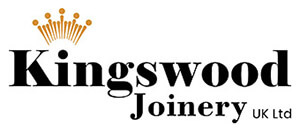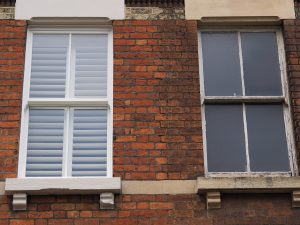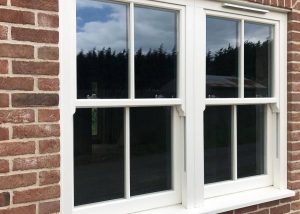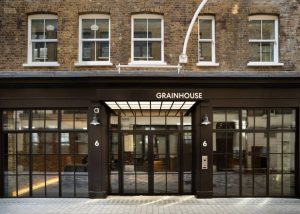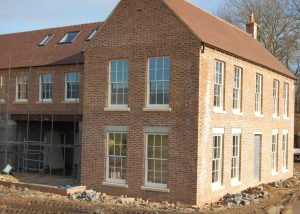Facts about Brentwood
Brentwood History
Brentwood originated as an ancient parish of 460 acres. In 1891 the population was 4,949. Under the Local Government Act 1894, the Brentwood parish formed part of the Billericay Rural District of Essex. In 1899 the parish was removed from the rural district and formed the Brentwood Urban District.
The ruin stands in the centre of the high street, next to the tourist information office, and the nearby parish church of Brentwood retains the dedication to St. Thomas of Canterbury. Pilgrims Hatch, or ‘Pilgrims’ gate’, was probably named from pilgrims who crossed through on their way to the chapel. It is likely, however, that Brentwood’s development was due chiefly to its main road position, its market, and its convenient location as an administrative centre. Early industries were connected mainly with textile and garment making, brewing, and brickmaking.
General Info
The Brentwood Theatre and The Hermitage are the main cultural buildings in Brentwood, located on the same site in the town centre. Brentwood Theatre is a fully fitted community theatre that serves more than 40 non-professional performing arts groups. Owned and maintained by an independent charity, Brentwood Theatre receives no regular arts funding or subsidy. The Hermitage is used as the centre for Brentwood Youth Service.
The Hermitage youth service operates its own cafe, youth club and a live music venue called The Hermit, which has had hosted bands such as Motörhead and InMe. It also plays host to private events such as a weekly jazz club that was run by the saxophonist Spike Robinson until his death. Both venues co-host the Brentwood Blues Festival, a music event that has played host to the Blockheads and Bill Wyman. The Brentwood Centre, on the edge of town, hosts the annual Brentwood Festival which has included acts such as UB40 and The Dualers.
